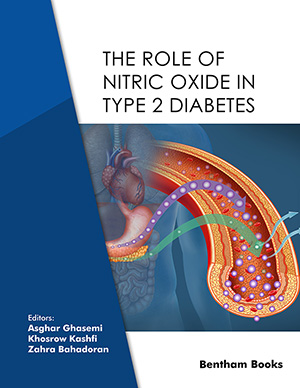
Abstract
More than one-fourth of individuals in the Eastern populations are hypertensive. Both large (conductance) arteries and small (resistance) arterioles are involved in the physiopathology of hypertension. Large arteries from hypertensive subjects are stiffer and thicker than in normotensive matched controls. Stiffer arterial walls are responsible for higher pulse wave velocity and earlier reflection wave in hypertensives leads to increased systolic pressure and pulse pressure and finally to increased left ventricular after-load. Evidence for these pathophysiological mechanisms arises from studies of pulsatile arterial hemodynamics, as highlighted recently by the role of PWV and wave reflections as independent factors in cardiovascular risk in hypertension. Resistance arterioles (200-30 μm) are characterized by the presence of a myogenic tone able to protect the capillary bed against abnormally high blood pressure and to control the local tissue blood flow. Several types of alterations of resistance vessels are characteristics of chronic hypertension. -reduced lumen diameter in relation with exaggerated vasoconstriction, - hypertrophy of the vascular wall resulting in decreased lumen size and increased wall-to-lumen ratio, - rarefaction of microvessels i.e. arterioles and capillaries. Experimental and clinical results allowed to evidence that antihypertensive drugs might reverse the structural changes of the large and resistance arteries. Through modification in the timing of wave reflections, it is also possible to reduce the disproportionate increase in systolic blood pressure and the associated cardiovascular risk. Some recent trials are aiming to reduce or reverse microvascular network rarefaction. This could be a promising way not only to normalize arterial blood pressure but also to reduce target organs complications.
Keywords: Arterial Stiffness, mean blood pressure (MBP), hypertrophy, hypertensive rats (SHR), Endothelium Dysfunction
 4
4









